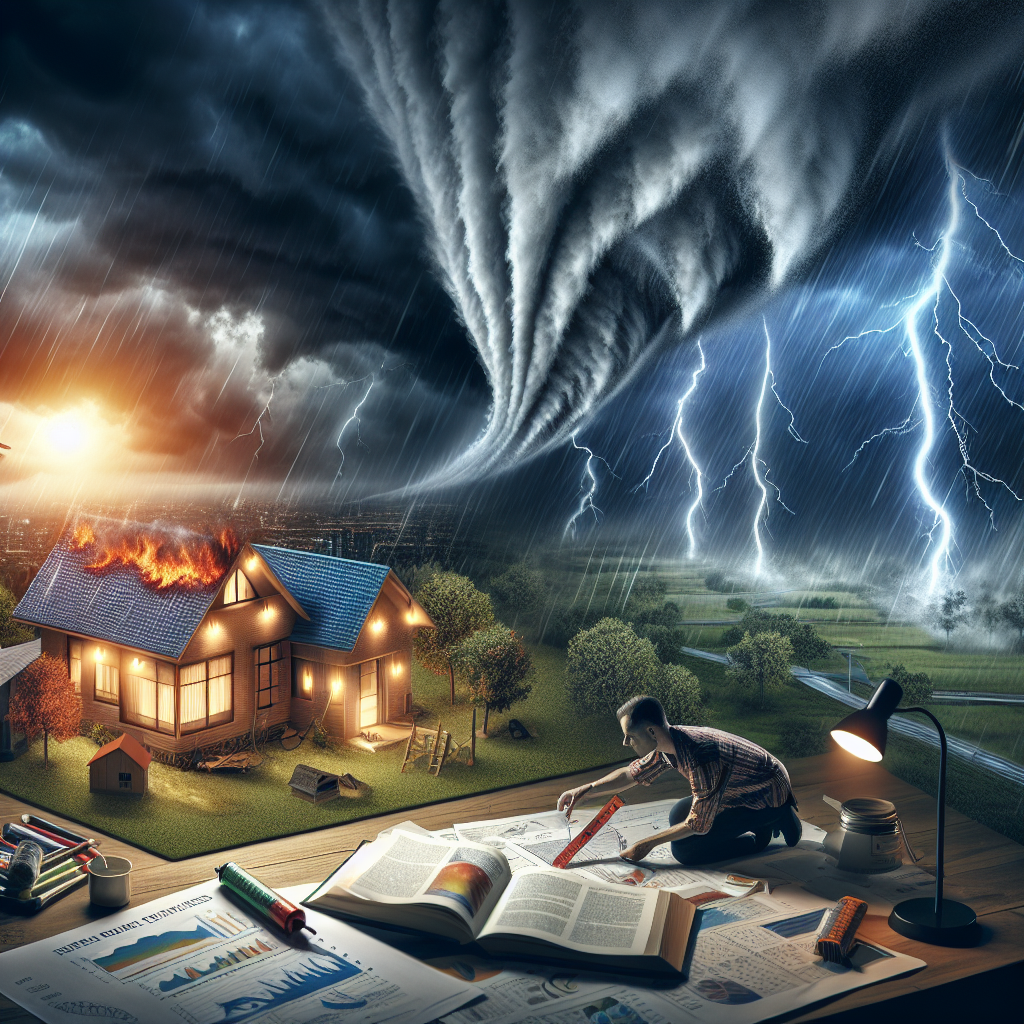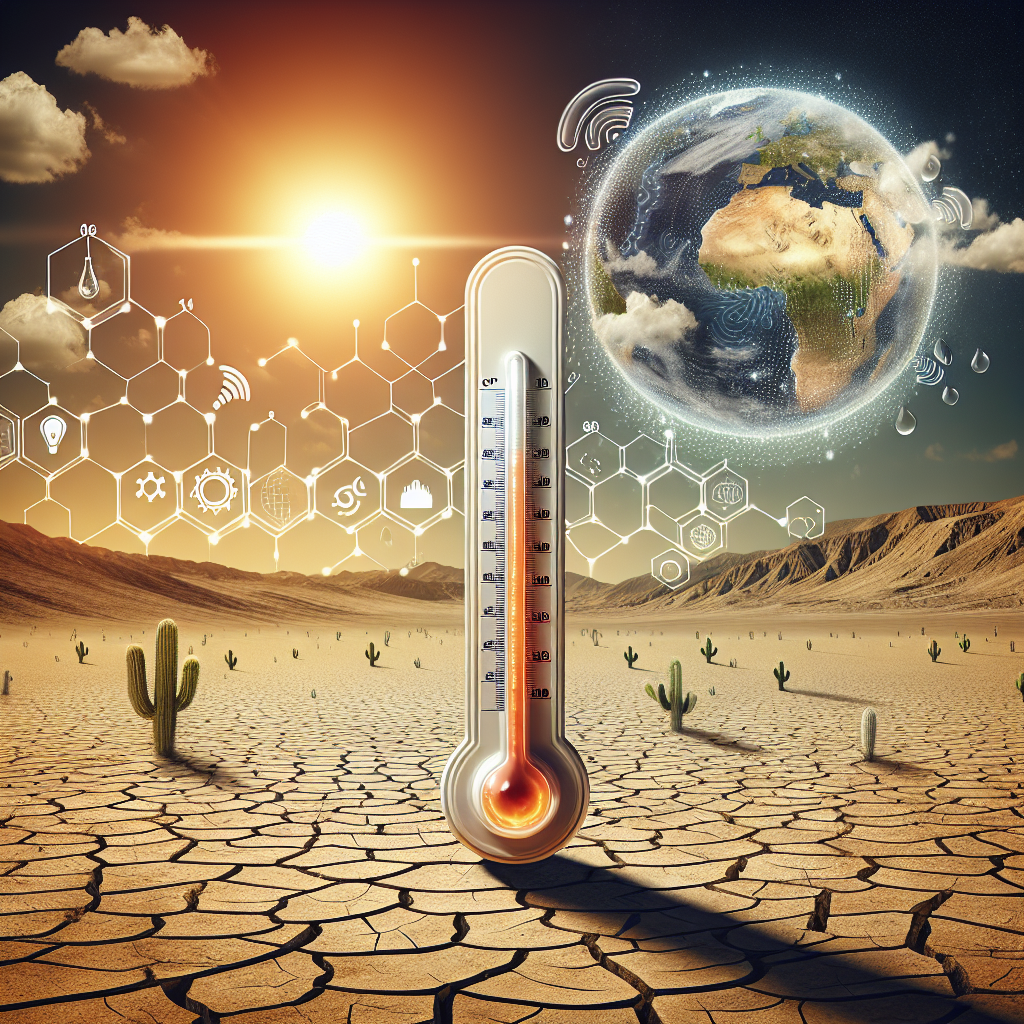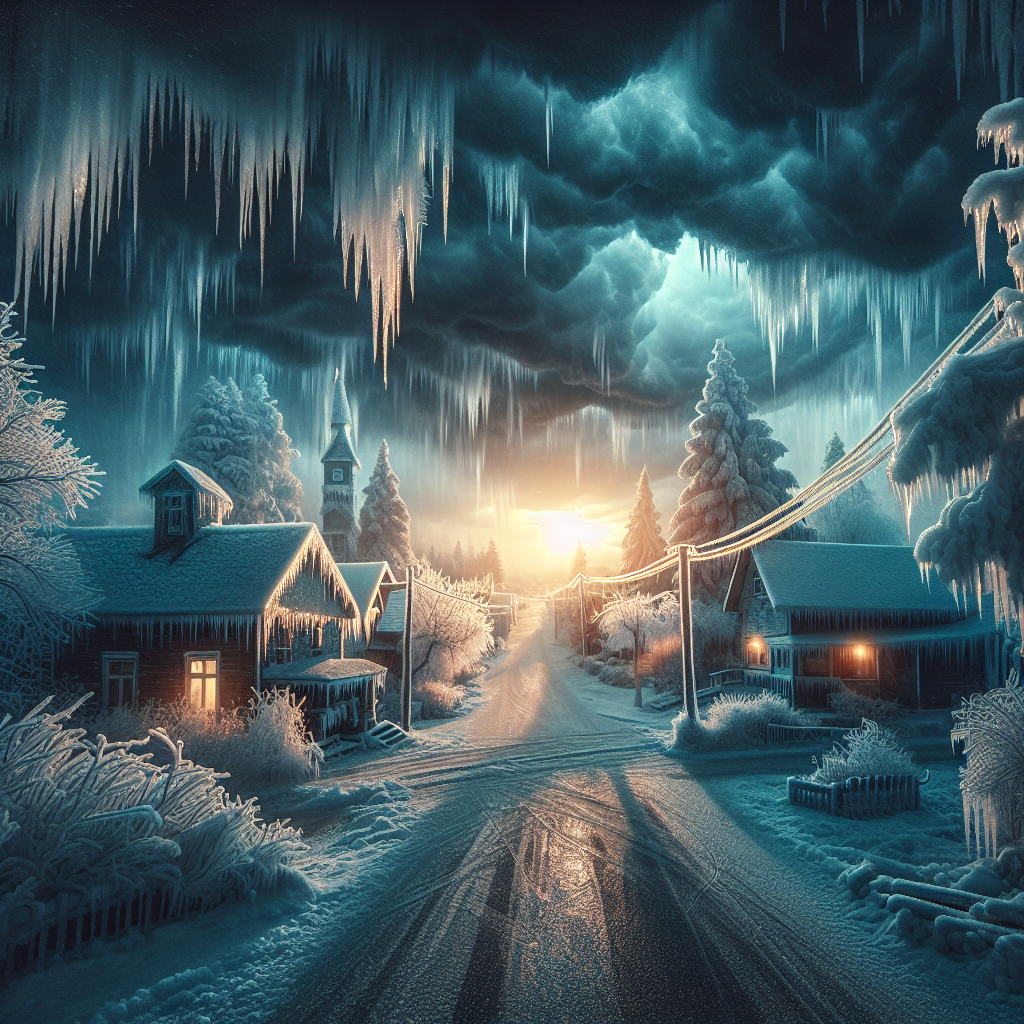Understanding Tornado Formation
Tornadoes are among the most violent and unpredictable natural phenomena on Earth. Their formation is typically associated with severe thunderstorms known as supercells, characterized by a rotating updraft called a mesocyclone. The essential ingredients for tornado development include moisture, instability, and wind shear—variations in wind speed and direction at different altitudes. Meteorologists study these elements closely to predict when and where tornadoes might occur.
The Role of Weather Systems
Tornadoes primarily develop within specific weather systems. The convergence of warm, moist air from the Gulf of Mexico colliding with cooler, dry air from the Rockies often creates an unstable atmospheric condition conducive to severe thunderstorms. When these storms mature, the emergence of strong wind shear can lead to the rotation necessary for tornado formation.
Predicting the likelihood of tornadoes involves assessing these atmospheric conditions. Doppler radar technology has been revolutionary, allowing meteorologists to visualize storm dynamics and detect rotation within storm cells.
Types of Tornadoes
Tornadoes can be classified into several categories, with two primary types being landspouts and supercell tornadoes. Landspouts often occur in drier conditions and are typically weaker, forming from vertically oriented updrafts. Supercell tornadoes, on the other hand, are associated with powerful supercells and can reach significant intensity, leading to devastation.
The Enhanced Fujita (EF) scale categorizes tornadoes based on the estimated wind speeds and resultant damage. EF0 indicates light damage, while EF5 represents catastrophic destruction with wind speeds exceeding 200 mph. Understanding these classifications helps communities prepare for potential tornado threats.
Unpredictability and Challenges
Tornado predictability remains a significant challenge in meteorology. While forecasting technology has advanced, tornadoes often develop rapidly and can change direction unpredictably. For example, two significant tornado outbreak days—April 27, 2011, and March 3, 2019—illustrate how tornadoes can overwhelm advanced warning systems. The lead time of warnings sometimes spans only minutes, making it difficult for communities to respond adequately.
Psychological factors also contribute to the unpredictability of tornadoes. Public perception often underestimates the severity of warnings, as individuals misconstrue tornado watches and warnings. A watch indicates conditions are ripe for a tornado, while a warning signifies that a tornado has been spotted or indicated by radar. The distinction is crucial for prompt response.
Tornado Climatology
Regions across the United States experience varying tornado frequencies, with the Midwest, especially “Tornado Alley,” witnessing the highest incidence. States like Texas, Oklahoma, and Kansas lead in tornado occurrences due to their geography and meteorological conditions. Understanding tornado climatology helps in developing effective disaster preparedness plans tailored to specific regions.
Improving Preparedness
Community preparedness plays a crucial role in minimizing tornado disasters. Education is essential, as many individuals remain unaware of how to respond during tornado warnings. Schools and local governments should facilitate tornado drills and cultivate awareness campaigns.
Building codes and land use planning are essential strategies that enforce safe structures capable of withstanding high winds. Communities should invest in sturdy storm shelters, particularly in tornado-prone areas.
Technological Advances in Prediction
Technological advancements continue to improve tornado prediction capabilities. Evolution in weather radar, such as dual-polarization radar, allows meteorologists to glean more detailed information about precipitation and storm structure. This upgraded data can enhance the understanding of storm development, including identifying tornado genesis.
The use of high-resolution weather models can also offer localized predictions with greater accuracy. Machine learning algorithms are being developed to analyze vast data sets and identify patterns that may indicate tornado formation.
Impact of Climate Change on Tornado Activity
Recent studies suggest potential links between climate change and tornado activity. Climate change can influence atmospheric conditions, leading to increased instability and moisture content. However, the relationship remains complex and dynamic. Some researchers theorize that while the total number of tornadoes could decrease, the intensity and frequency of stronger tornadoes might rise.
Adapting to these changes requires ongoing research and monitoring. Scientists advocate for further studies to clarify how climate variability will affect tornado patterns in the future.
Community Engagement and Response Strategies
Strong community engagement can significantly mitigate the adverse effects of tornadoes. Local organizations can implement response strategies, including establishing communication plans and community shelters. Regular community meetings can foster a culture of preparedness and resilience.
Collaboration with local schools, businesses, and emergency services helps streamline response efforts. Every second counts during a tornado warning, and ensuring everyone knows their role can reduce panic and confusion during emergencies.
Significance of Real-Time Warnings
Real-time weather alerts are crucial for effective tornado response. The integration of smartphone apps and wireless emergency alerts has become vital in disseminating timely information. Encouraging citizens to sign up for local weather alerts can enhance safety in vulnerable areas.
Utilizing social media platforms for real-time updates can also engage the public and encourage proactive safety measures. Meteorologists often use these platforms to issue warnings and share crucial safety information during tornado events.
The Global Perspective on Tornadoes
While tornadoes are primarily associated with the United States, other countries also experience these storms. Nations like Canada, the United Kingdom, and Bangladesh have reported tornado occurrences. Understanding global tornado patterns enhances comprehensive international meteorological strategies for forecasting and disaster management.
International collaboration can foster the sharing of data and techniques, enabling a collective effort in improving predictive capabilities and community preparedness, particularly in countries that may not have established tornado response systems.
Understanding the Folklore and Myths
Tornadoes also incubate folklore and myths, often resulting in misconceptions. For example, there is a common belief that tornadoes can “jump” over bodies of water; while it is not a common occurrence, these phenomena can arise amid certain conditions. Educational initiatives are essential to dispel such myths, allowing families and individuals to respond appropriately when tornado warnings are issued.
Conclusion and Future Research Directions
Ongoing research on tornado formation, behavior, and prediction remains critical. Continuous investment in meteorological technology and education can decrease the impacts of tornadoes on communities. With the interplay of climate change and severe weather, expanding understanding and response strategies will be fundamental for future generations, ensuring effective communication and safety measures for dealing with these unpredictable forces of nature.
By fostering a culture of preparedness, employing advanced technologies, and innovating in public awareness strategies, we can navigate the uncertainty surrounding tornadoes more effectively.




















